Full Art Mode
Exit Full Art Mode by clicking on Page or ESCTouch screen to exit Full Art Mode
skip
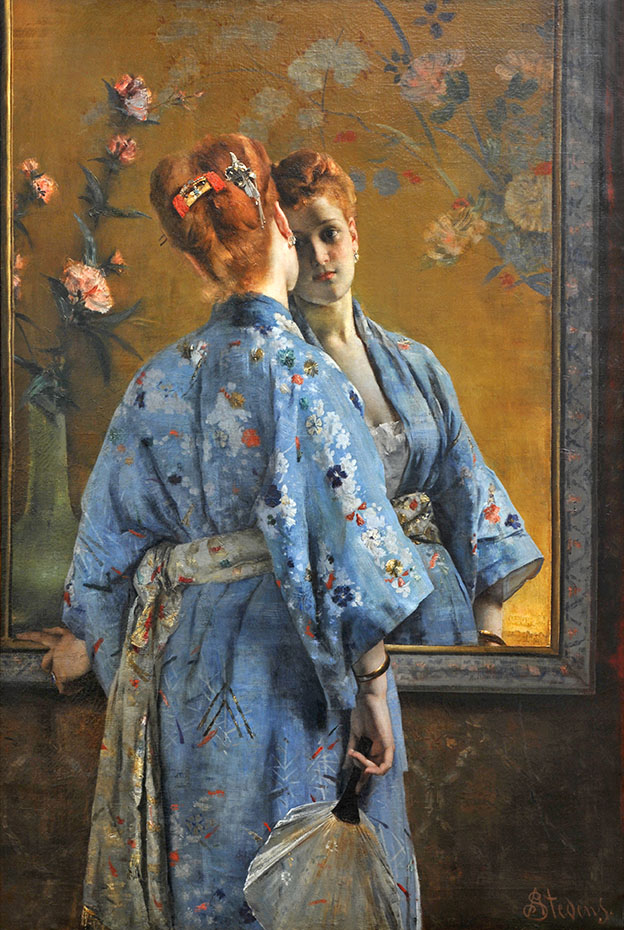
review
Fascination Japan
Monet · Van Gogh · Klimt
10.10.2018 - 20.01.2019
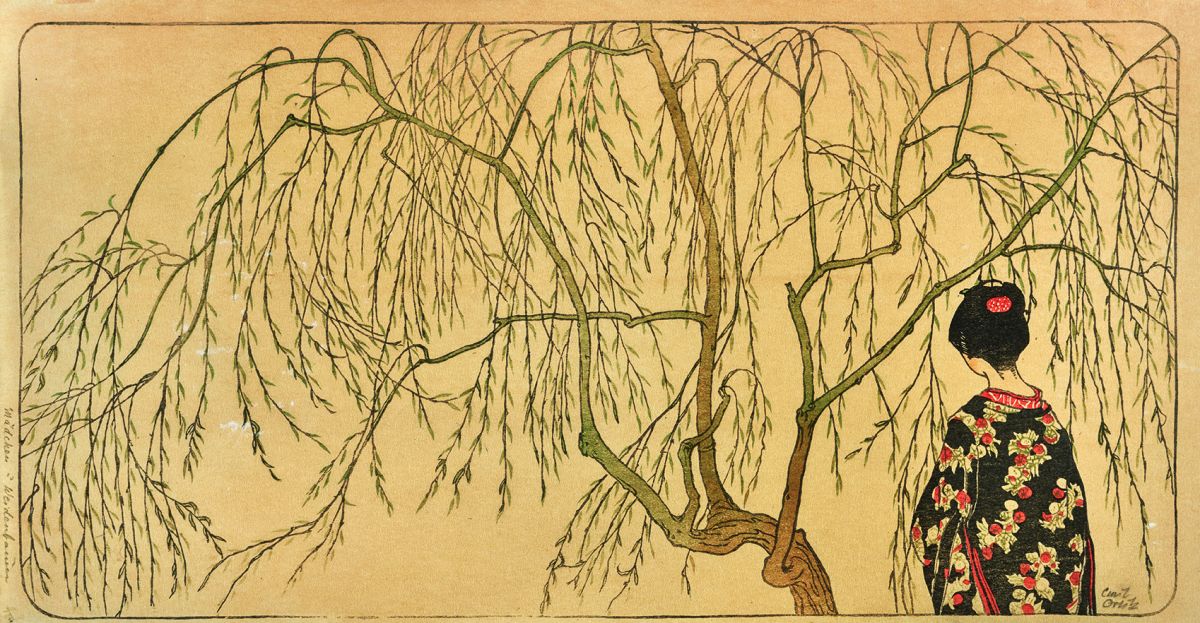
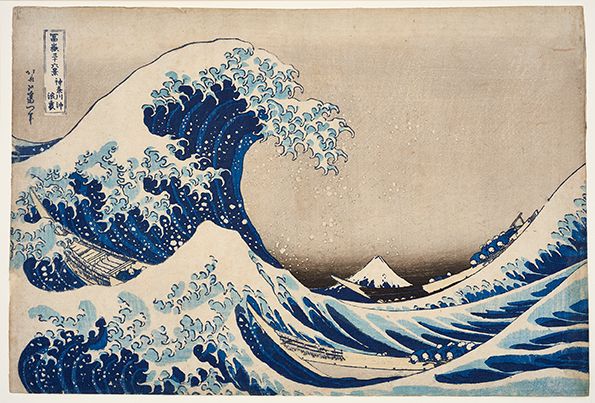
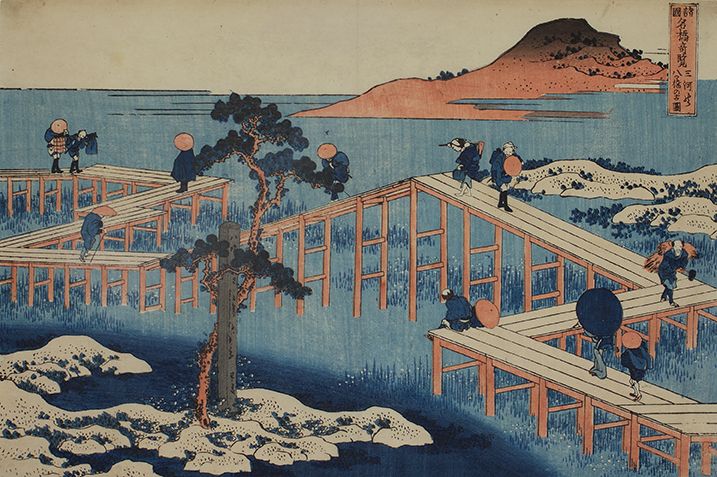
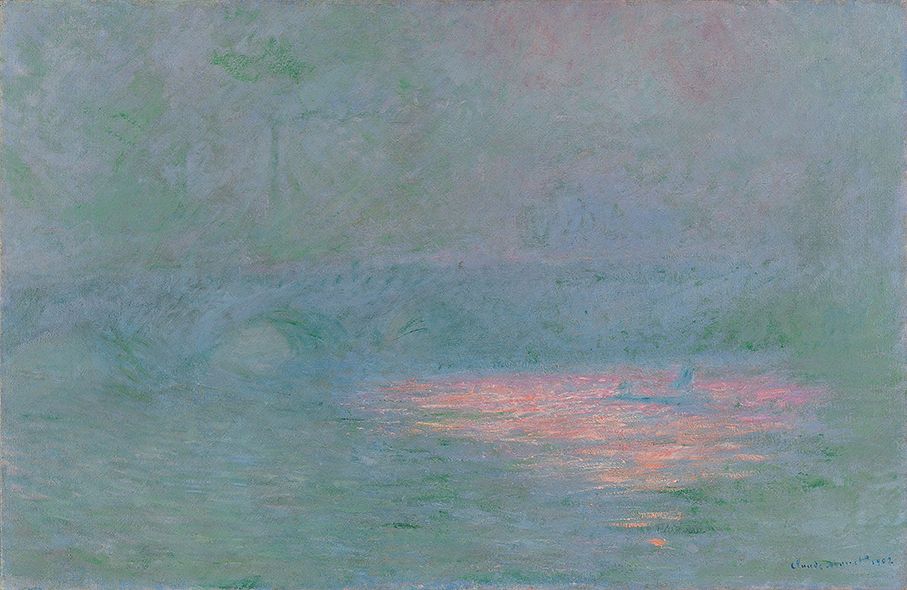
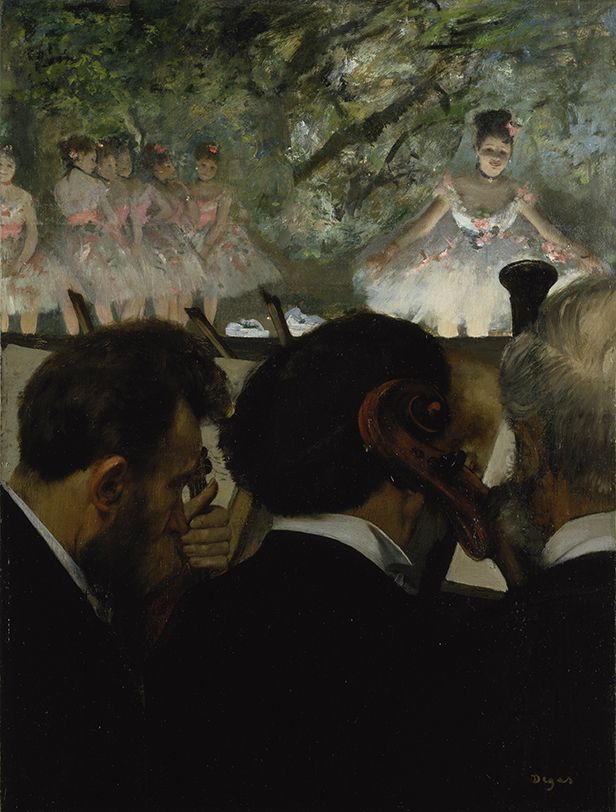
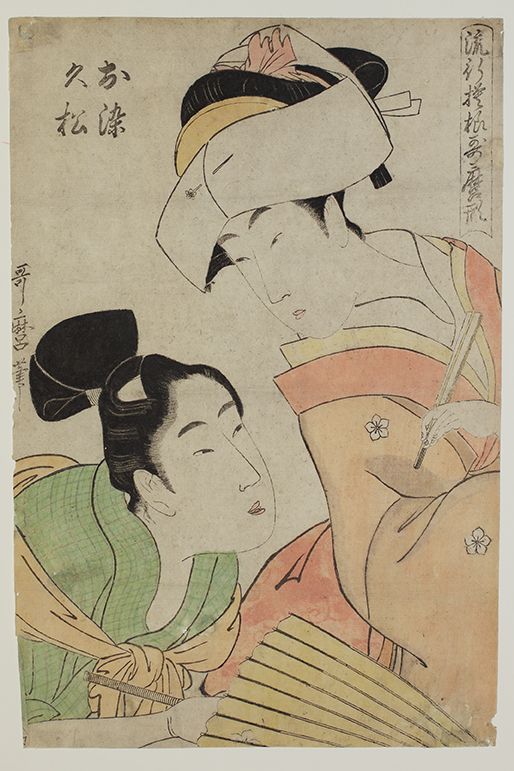
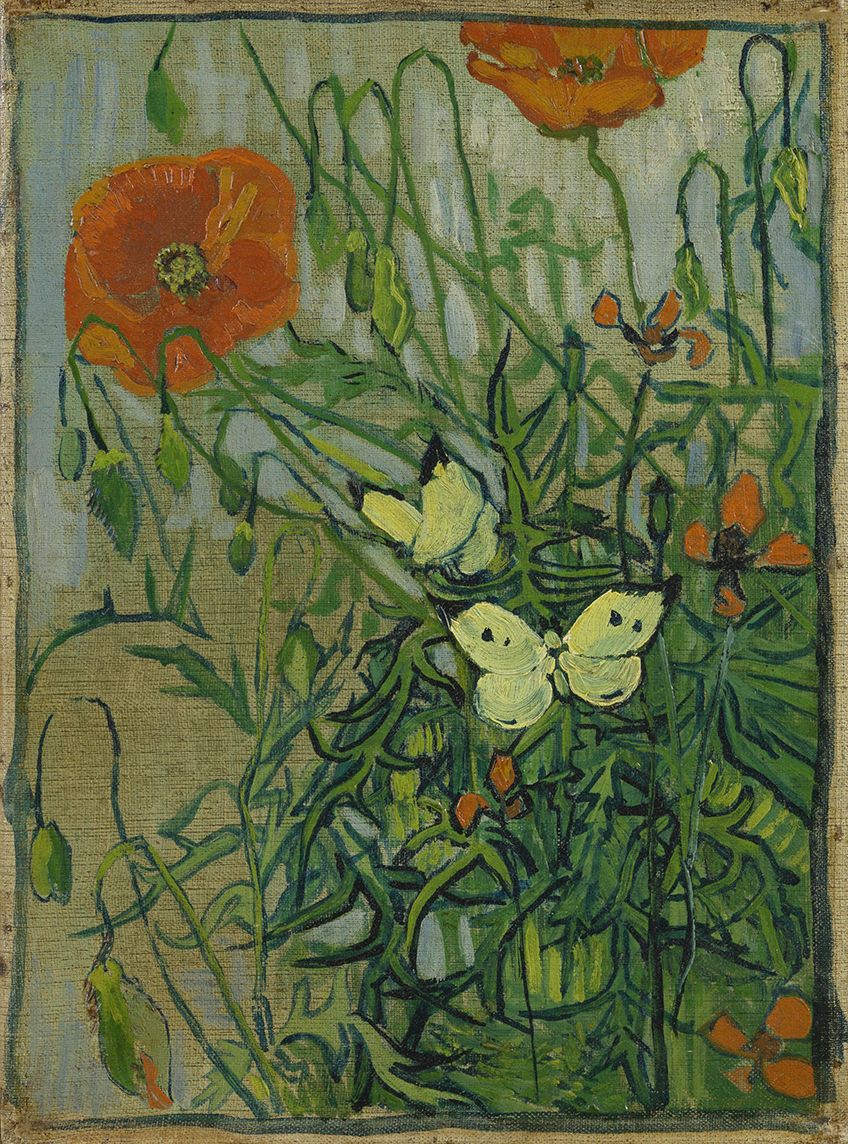
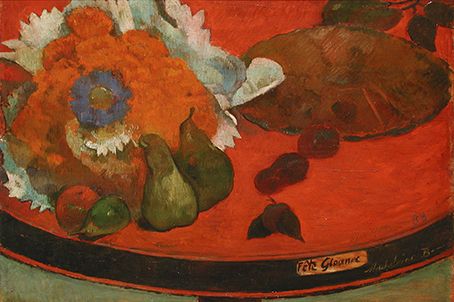
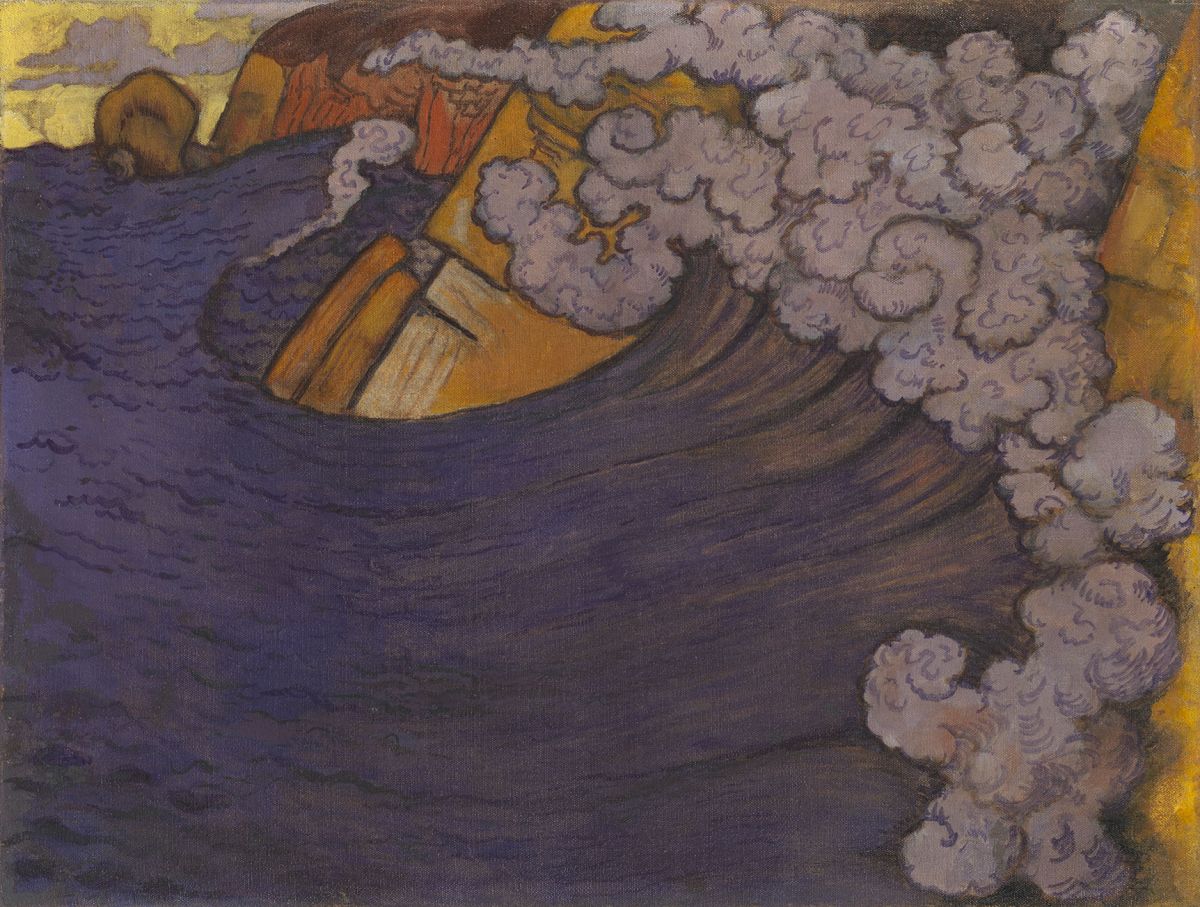
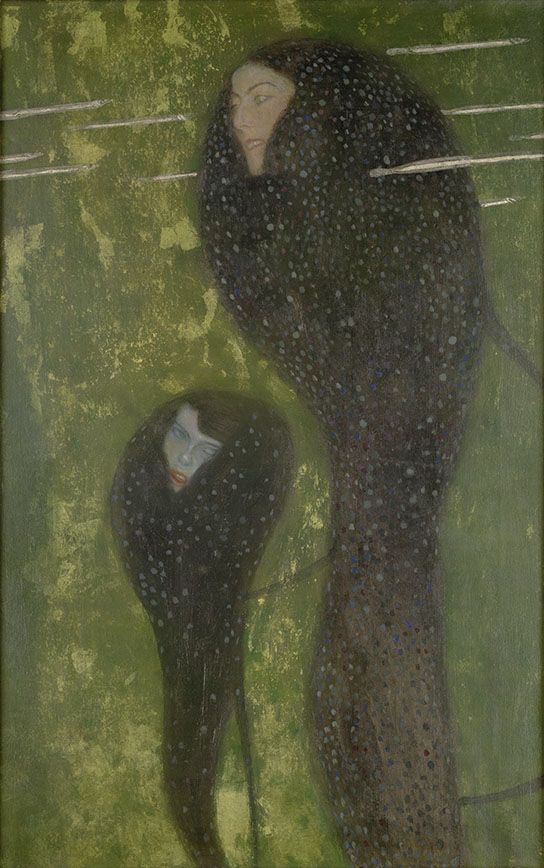
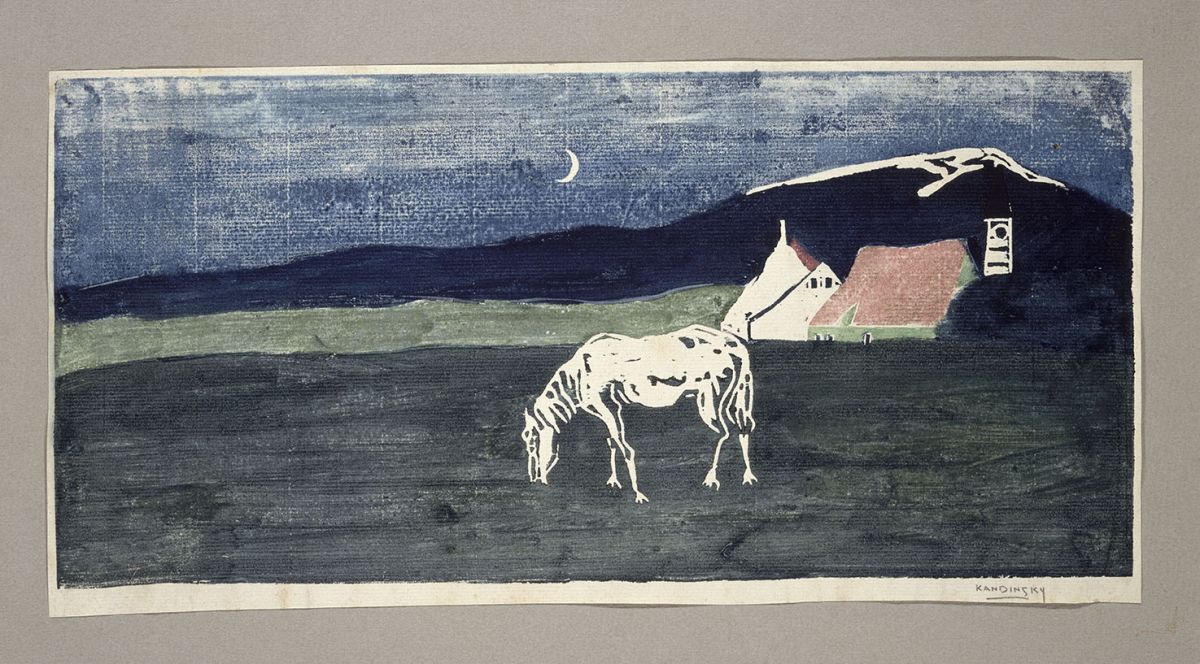
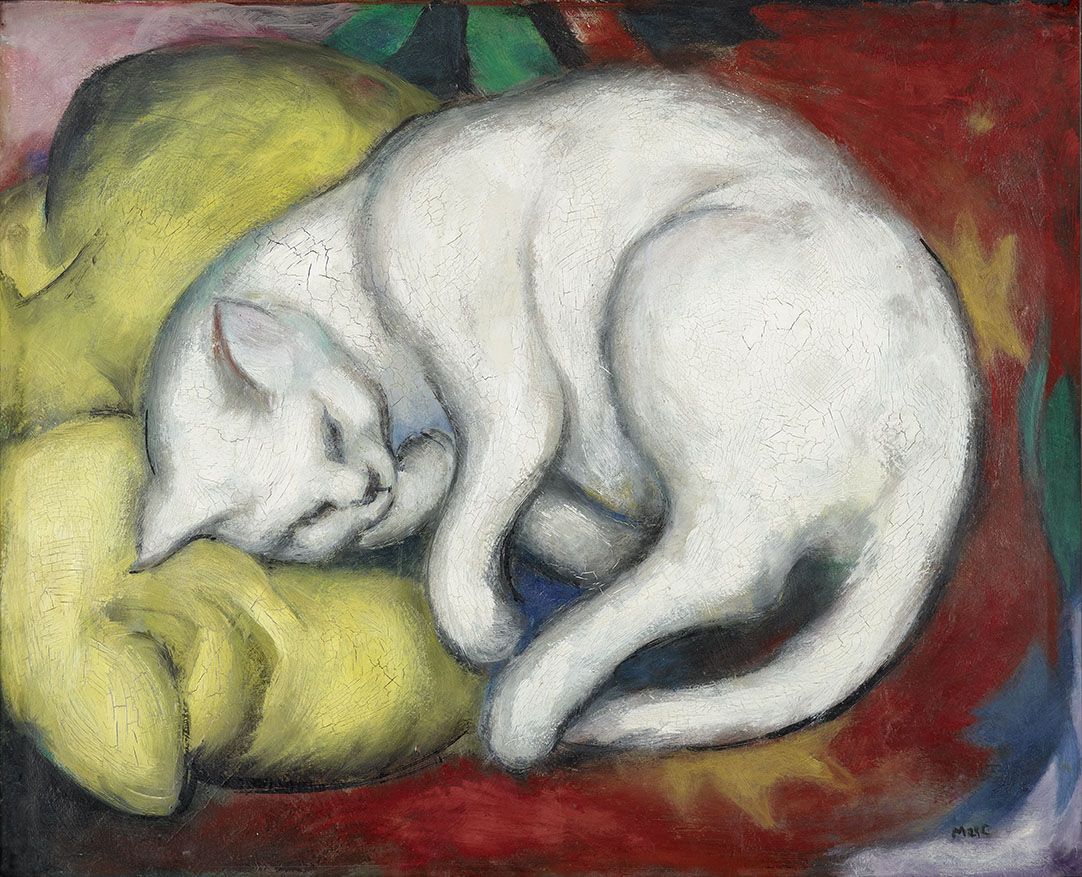
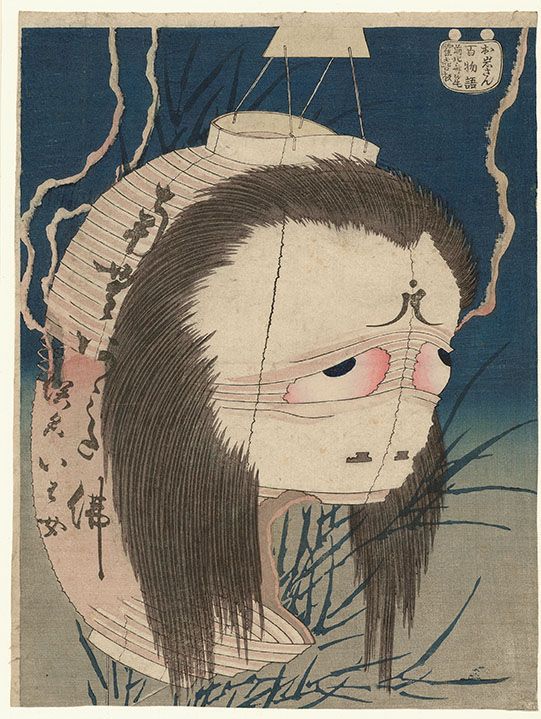
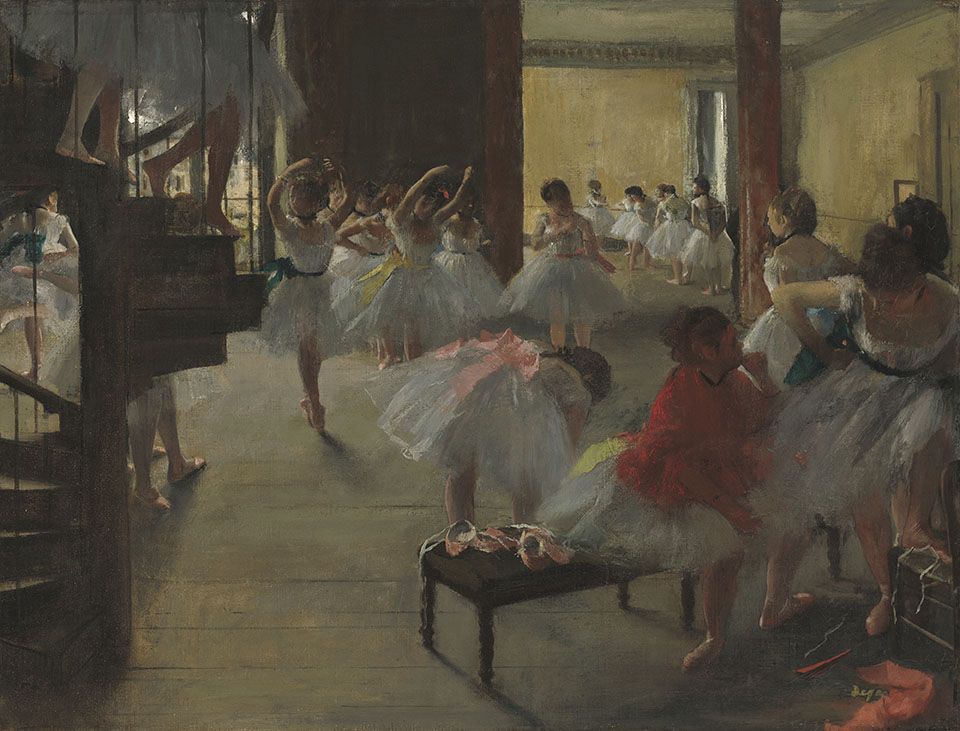
The 2018 autumn exhibition in the Kunstforum is devoted to “Japomanie” – the West’s passion for the aesthetics and world of images of the Far East. The exhibition traces its development, starting with the fascination for the exotic and the new and the first stirrings in the 1860s to long after the turn of the century, to its amalgamation into the form vocabulary of Western painting and the influence of its aesthetics on the development of modernism around 1900.
Ever since the 1860s, the elegant and exotic aesthetics of the everyday utensils, the exquisite textiles and most of all the fantastical and richly luminous narrative ukiyo-e – the colour woodcuts – had been invading the European market and fulfilling the public’s yearning for unknown culture and a new vision of aesthetics.
Artists were in the forefront, collecting and integrating the extraordinary form vocabulary of the ukiyo-e and their astonishing themes and motifs into their visual imagery. Monet, Manet, Van Gogh and Degas were the first, followed by the younger artists – Toulouse-Lautrec, Bonnard, Vuillard and Vallotton, also Marc and Kandinsky, to name only the most important.
Launching out from Paris, Japomanie conquered the whole of Europe – also in Austria, after the impact of the Vienna World Fair in 1873, it triggered a genuine hype surrounding the aesthetics of the Far East, which inspired such artists as Gustav Klimt and Egon Schiele.
Subsequently the ideas from the Far East evolved into independent interpretations and realisations in a new language of forms that heralded the approaching modernism of the twentieth century – in which the trends towards abstraction, towards breaking loose from the conventional pictorial space, took their own autonomous development.
The exhibition includes not only paintings and printed graphics, but also objects and furniture, juxtaposing Japanese woodcuts, screens and artefacts to European works influenced by the aesthetics of the Far East, including by Claude Monet, Edgar Degas, Gustav Klimt, Henri de Toulouse-Lautrec, the Nabis and the Blauer Reiter group. Around a hundred exhibits from international public and private collections present a wide-ranging overview of the phenomenon of “Japonisme” that spread throughout Europe from the late nineteenth century to the dawn of the avant-garde movements.
curated by
Evelyn Benesch
review
Flying High
Women Artists of Art Brut
15/02/2019 - 23/06/2019
review
